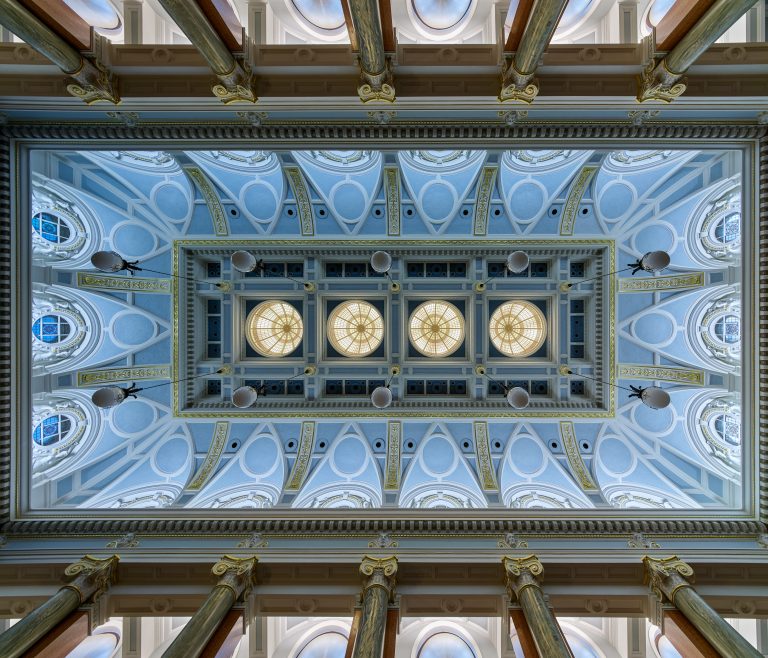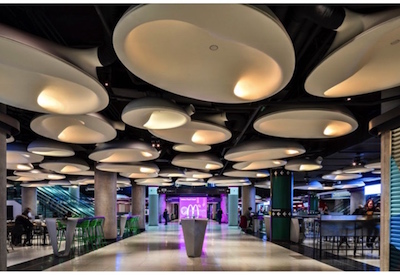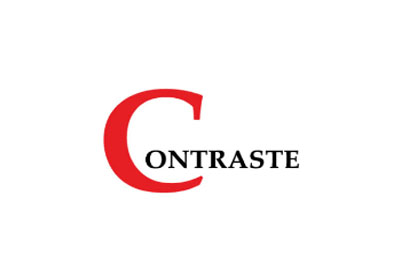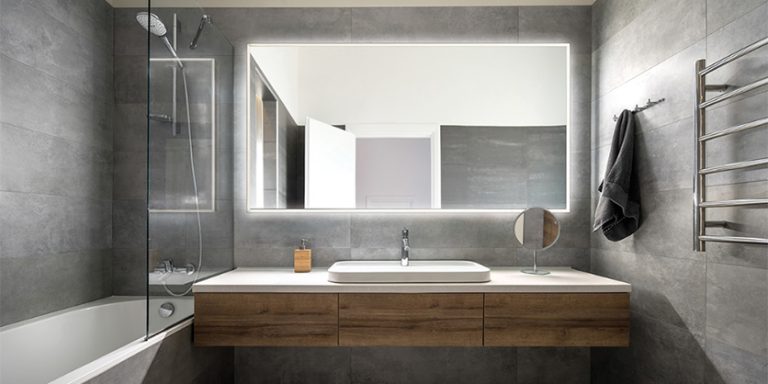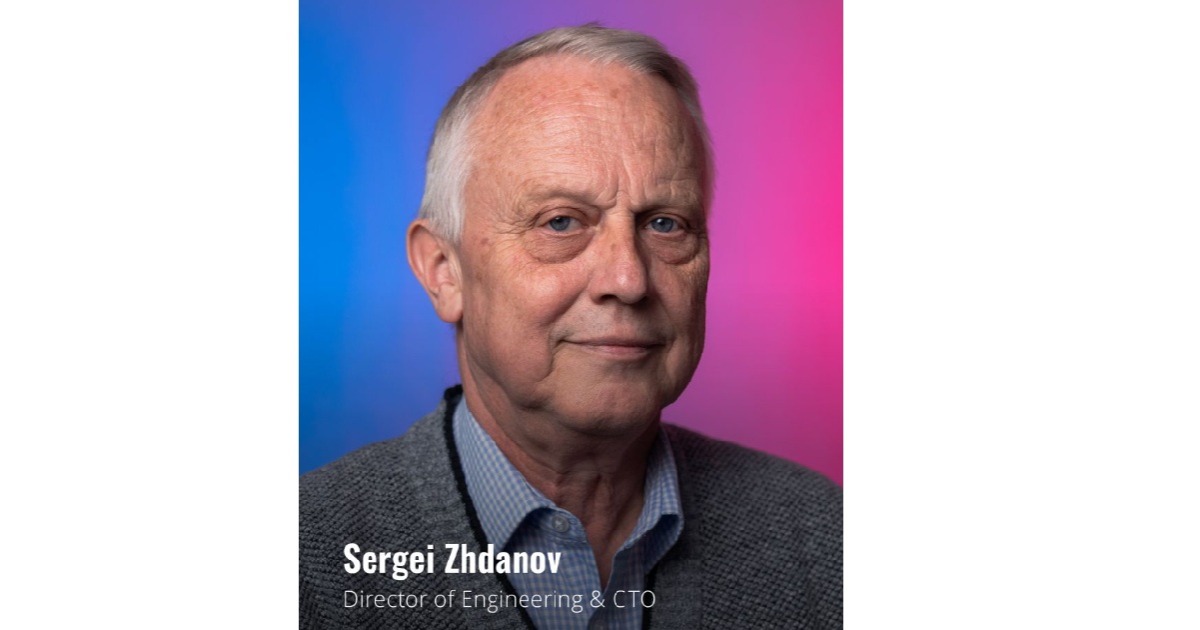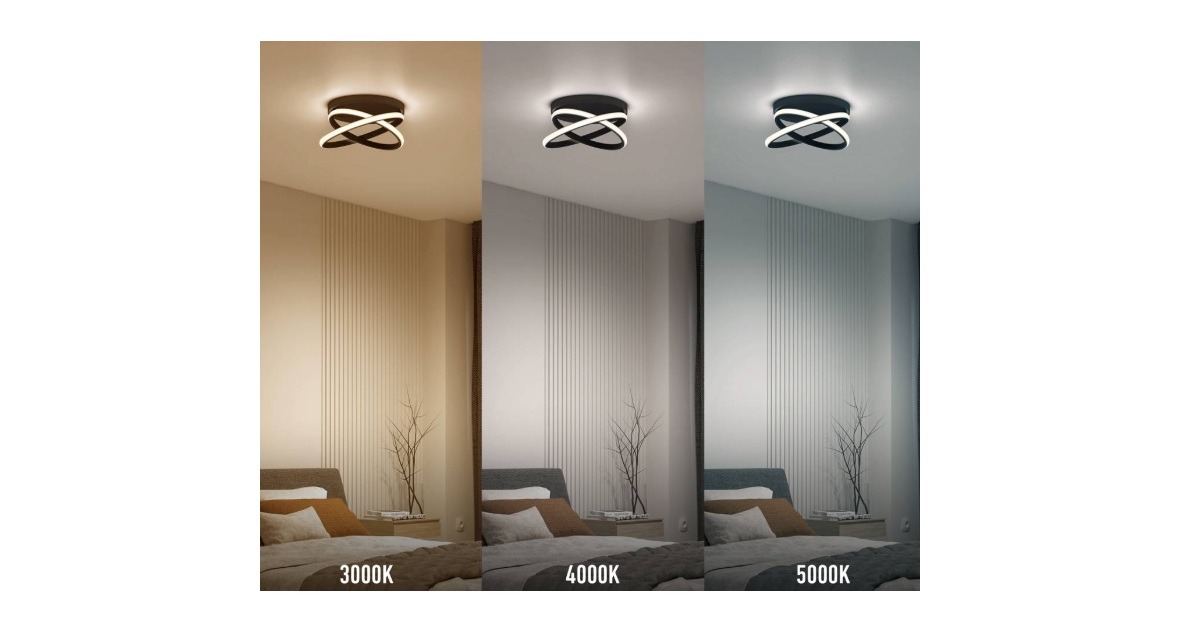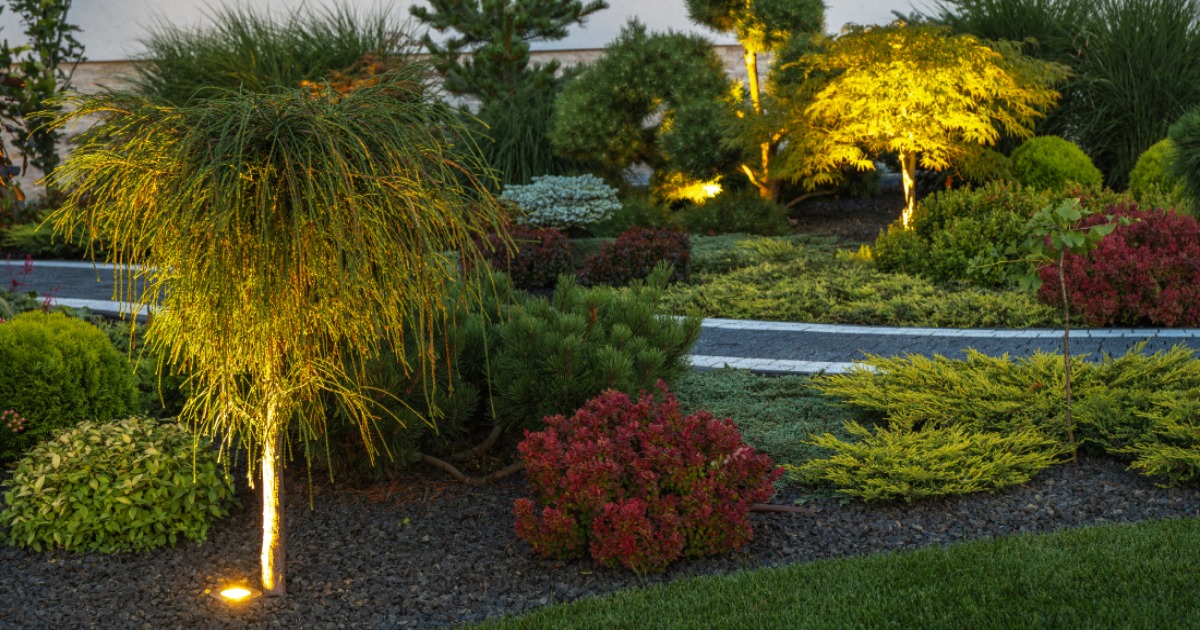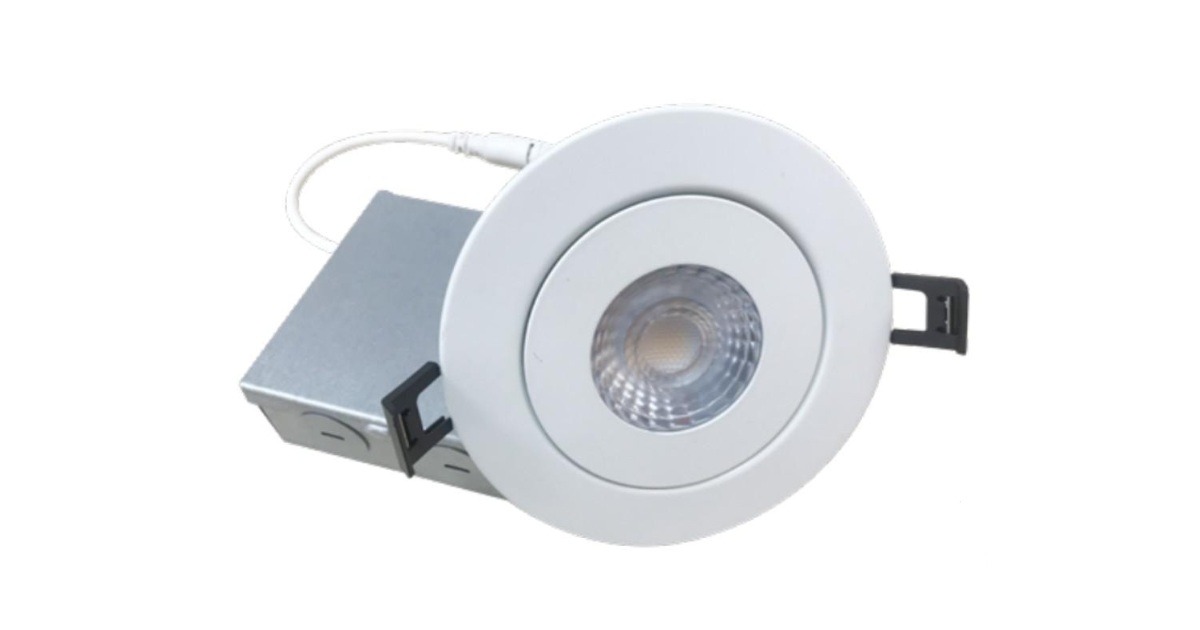Li-Fi is Building the Nervous System for the Ensuing Industrial Revolution
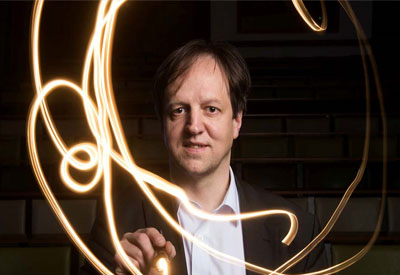
Septemeber 21, 2017
Soon light bulbs won’t just illuminate, they will also transmit Internet data more securely and safely at speeds faster than Wi-Fi. German engineer Professor Harald Haas, who pioneered this technology, had demonstrated it via live video at TEDGlobal talk in July 2011, when he also coined the term Li-Fi (Light Fidelity). The following year, Haas, who holds the Chair of Mobile Communications at the University of Edinburgh in Scotland, co-founded the startup pureLiFi Ltd with a team of researchers who have been passionately working on the technology since 2008 for commercial rollout. Later, the technology was recognised by Standardisation Committee for Optical Wireless of the Institute of Electricals & Electronics Engineer (IEEE), a global technical professional organisation for advancement of technology.Soon light bulbs won’t just illuminate, they will also transmit Internet data more securely and safely at speeds faster than Wi-Fi. German engineer Professor Harald Haas, who pioneered this technology, had demonstrated it via live video at TEDGlobal talk in July 2011, when he also coined the term Li-Fi (Light Fidelity). The following year, Haas, who holds the Chair of Mobile Communications at the University of Edinburgh in Scotland, co-founded the startup pureLiFi Ltd with a team of researchers who have been passionately working on the technology since 2008 for commercial rollout. Later, the technology was recognised by Standardisation Committee for Optical Wireless of the Institute of Electricals & Electronics Engineer (IEEE), a global technical professional organisation for advancement of technology.
In 2013, Haas-led pureLiFi unveiled the first commercially available Li-Fi product for the market. Two years later, the Scottish startup and the French industrial lighting manufacturer Lucibel formed a partnership to co-develop and market Europe’s first fully industrialised Li-Fi luminaire. They piloted the tech at Paris-based property developer Nexity’s office, followed by another city-based realty firm Sogeprom’s office, among other projects in the UK, France, Switzerland, Austria and Germany. In the same year, Haas co-authored with Svilen Dimitrov and published ‘Principles of LED Communications: Towards Networked Li-Fi’.
Prof Haas speaks to SEL about the intricacies of the disruptive technology and how his startup pureLiFi is set to change the world forever. He also declares that India occupies the centre-stage of his game-plan.
First, please describe your intriguing Li-Fi technology.
Let me clearly distinguish between Li-Fi from Visual Light Communication (VLC). The latter is a communication of data through light – it’s a point-to-point communication link like a cable link replacement. The former, in contrast, is a wireless networking by light, and there’s a subtle difference: It considers multiple access points for multiple lights and for multiple users that aren’t only fixed but also in motion, where users can turn on their handset or receiver. Let’s say a user moves from under one light to another light and if his Skype session is on, he won’t face any interruption. It’s an important feature of Li-Fi which isn’t a feature of VLC.
In Li-Fi, a light bulb serves a single or multiple users under its light cone in a bi-directional way. The technology has an uplink and a downlink. Li-Fi uses Infrared light for uplink, as the argument goes that one doesn’t illuminate with their handset and also that there’s a lot of spectrum in the Infrared.
People often confuse Li-Fi with an indoor navigation system and all sorts of single link systems. Li-Fi adds a new capability to mobile communication and mobile networking. That’s why Li-Fi is an extension of radio spectrum usage.
What are the advantages of this technology?
The advantages of Li-Fi are manifold. Firstly, Li-Fi uses light which is a part of the electromagnetic spectrum for data communication. This enables us to change the intensity of the light in a subtle way that the human eye can’t detect. The entire VLC spectrum with Infrared is 2,600 times larger than the entire radio spectrum that runs radio and TV networks, radio astronomy, defence and military applications, among others. We’ve never used the entire radio spectrum for mobile communication, but only a fraction of it. Li-Fi spectrum is free. If one goes by World Health Organization (WHO), microwave communication is still classified as potentially carcinogenic. I need to underline the fact that there’s no evidence that smart phones cause brain cancer. But France, for example, has banned Wi-Fi in all schools because its adverse effects are not known, and so they don’t want to take any risk.
Li-Fi fulfils eye safety regulations, and therefore it’s safe. It’s also secure. For example, an intruder on the street might be able to hack into the nearby Wi-Fi access point of a restaurant, and customers might end up giving up their login details believing that it’s the restaurant’s Wi-Fi access point. But, it’s more difficult to achieve such intrusion with Li-Fi, as light doesn’t go through a solid wall.
Is there a data rate limit?
Yes, there is. It depends on the lighting source. A phosphorous-coated white LED is basically an LED with a phosphorous chemical on top, which turns a sort of blue photons into yellow photons to mix into white. This phosphorous-coated white LED slows down the frequency response and data rate. If one moves to Red, Green and Blue (RGB) LEDs, then each of these three LEDs can be an independent channel for data communications to achieve five gigabit and more. In our lab we are working on micro LEDs – tiny LEDs – primarily for display applications including lighting and signaling. These have a high bandwidth owing to their small size. We hold the world record of achieving eight gigabits from the device. This speed is faster than the fastest seven gigabit speed of Wi-Fi.
Does the technology require redesigning of light bulbs?
Yes. Just like smartphones that have various modules such as camera, battery, Wi-Fi, etc, one will also have to add a Li-Fi module to a bulb to not just illuminate but provide communications too.
Is the technology based on an open code, or is it royalty-based?
The spectrum is free. Our business card-sized LiFi-X dongle, which was demonstrated at Mobile World Congress last year, can be inserted into a USB port of laptops and tablets to provide connectivity to a light for users. We also have other versions of our Li-Fi: a fully integrated Li-Fi luminaire, where a Li-Fi modem is integrated into a lamp. This can be bought from our French lighting manufacturer partner Lucibel. Another version requires adding an access point to a light to turn it into a Li-Fi luminarie system.
What are the challenges in the adoption of Li-Fi?
The challenge lies in the mindset. The lighting industry is obviously concerned more with getting energy-efficient light as well as getting the design and electrical parameters right. It doesn’t fully appreciate communications capability of light. The wireless communications industry has invested billions into the radio communications tech. Li-Fi could emerge as an entirely new business model in the lighting industry. Presently, most of the lighting companies’ business model is based on offering LED light bulbs that last 20 years. They will have to change their business to a ‘Light as a Service’ model, where Li-Fi could bring service capabilities for them to be able to expand their businesses by providing services with light, such as monitoring and control of buildings.
How much time will it take for Li-Fi to become mainstream?
Li-Fi already is in the market. Market analysts forecast that the market size of Li-Fi will be $100 billion by 2022-24. The world is in transition, from the third to the fourth industrial revolution that will create a data economy – unleashing things like big data, artificial intelligence, driverless cars, smart manufacturing, smart homes, smart cities, and so on. These applications will make connectivity necessary. I believe that Li-Fi is building the nervous system for the ensuing industrial revolution.
How crucial will be the role of Li-Fi in driving energy-efficiency and combating climate change?
I’m generally worried about the future of my four children. Climate change and careful use of energy is very important. Li-Fi can be a part of creating a smart and centralised environment or management, where the technology will carry illumination, and on top of that free-of-cost data to all connected electrical and lighting appliances such as heaters and air ventilations for regulating and harvesting energy. We think that Li-Fi will be an enabler for driving energy-efficiency and combating climate change.
Are you forging alliances and partnerships to proliferate this disruptive technology?
Owing to the disruptiveness of Li-Fi, we have established a Li-Fi research and development centre at the University of Edinburgh. It’s an incubator of the technology. The centre takes the baseline technology to the higher technology readiness level. We have a strong intention to partner with all verticals such as lighting industry, defense industry, transport industry, and national telecom operators.
How can Li-Fi cater to the Indian market? Firstly, our Li-Fi is ideal for the sunlight-rich countries such as India as the technology works in strong sunlight with our modulation techniques. Secondly, we have invented a technology where we can use solar panels as Li-Fi detectors to combine energy harvesting with data receiving capability. We want to rollout the technology as a rural divide solution. 60% of the world’s population still hasn’t got access to the Internet, and I believe this also greatly affects India. Our tech can offer sound and affordable Internet connectivity.
Are you in talks with any parties in India?
We want to work with telecom network operators in India. We are in talks with various industrial organisations and government bodies to prove that our Li-Fi is a viable technology for their network expansion. We are also open to partner with tech giants and lighting companies.
What’s your vision?
Our vision is to transform the market, where Li-Fi is integrated into every toaster, streetlight, smartphone, and in every light in our ceilings, homes, offices. We believe that eventually every light on the planet will be Li-Fi-enabled.
Published with the permission of Sourcing Electrical & Lighting. Originally published at: http://sourcingelectricals.net/2017/09/01/li-fi-building-nervous-system-ensuing-industrial-revolution/

